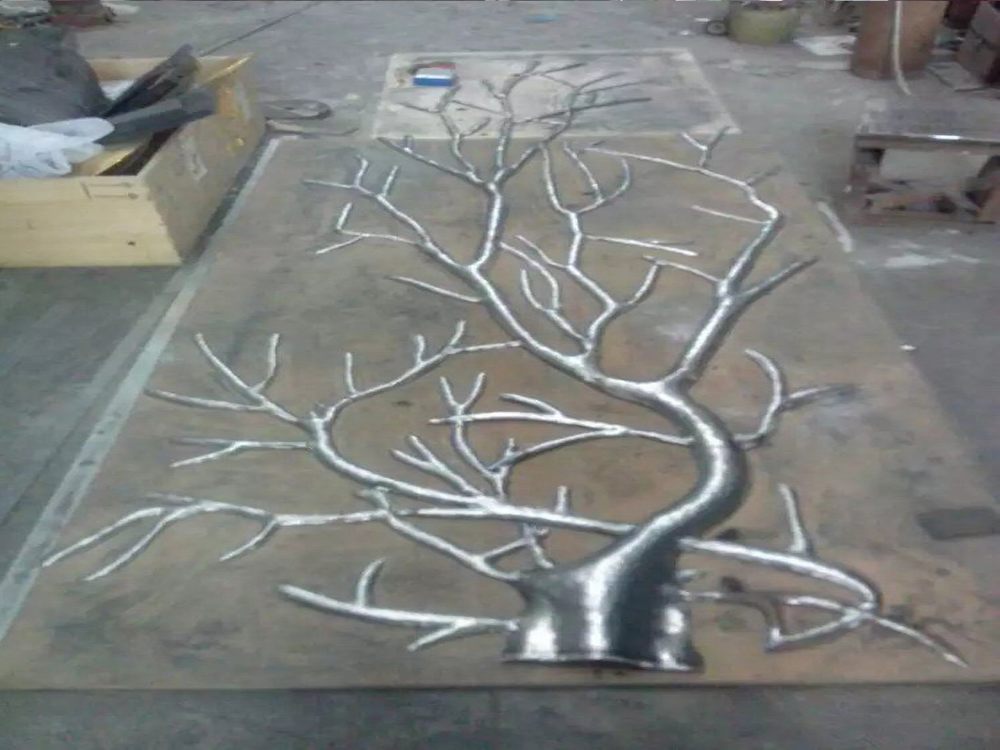
Artists masterfully create contrast between light-reflective and light-absorbing stone surfaces through a combination of material selection, texture manipulation, and finishing techniques. For reflective surfaces, they often use polished stones like marble or granite, applying high-gloss finishes that bounce light dramatically. Conversely, matte or rough-textured stones such as slate or sandstone absorb light, creating depth and shadow.
Techniques like sandblasting, acid etching, or hand-carving allow artists to juxtapose these effects on a single piece. Strategic lighting placement further enhances the contrast, emphasizing the interplay between glossy and matte areas. Some artists even incorporate metallic leafing or resin coatings to amplify reflective qualities against naturally absorbent stone backgrounds.
The choice of stone also plays a crucial role - dense, crystalline stones reflect more light than porous varieties. Contemporary artists sometimes combine traditional lapidary methods with modern tools like laser engraving to achieve precise contrasts. This dynamic interplay of light and shadow creates visual tension and movement in stone artworks, transforming static materials into vibrant compositions.

